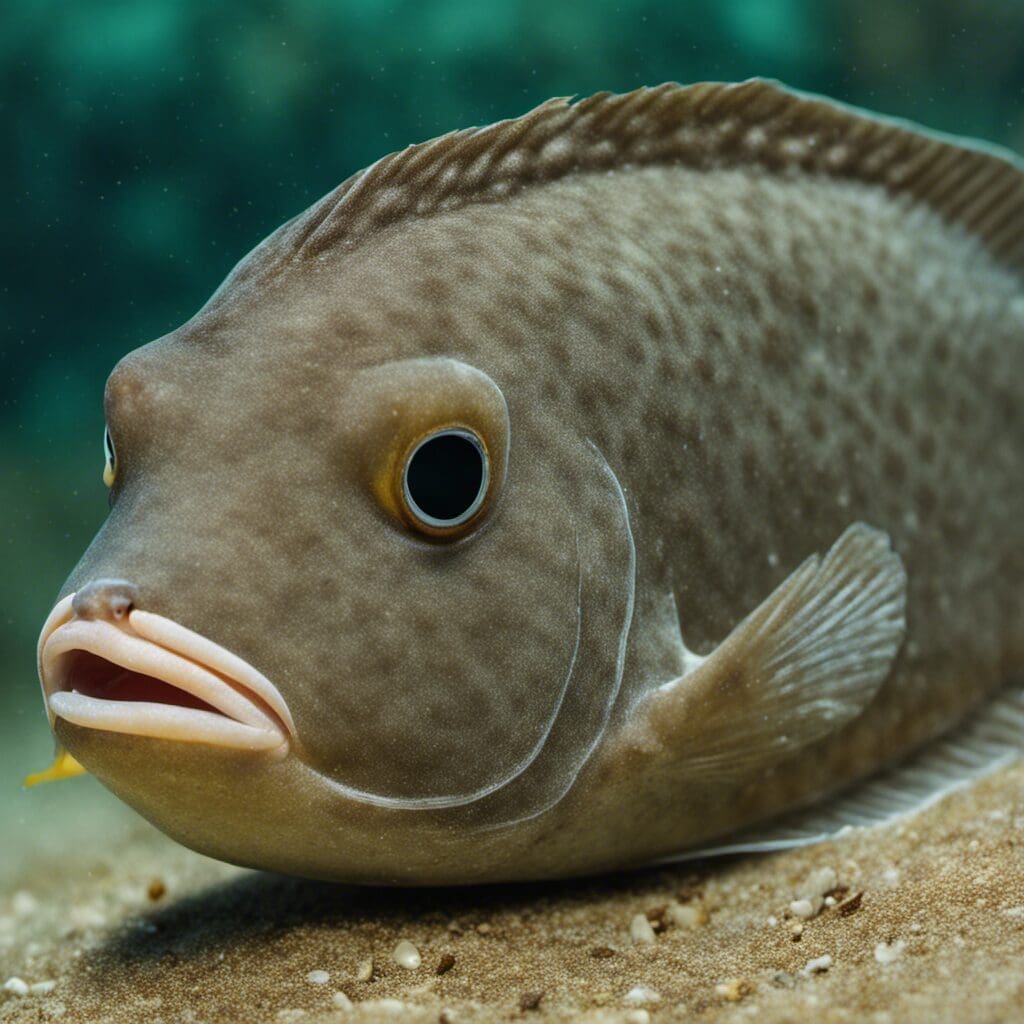Introduction
Commonly known as the California Flounder, the species’ scientific name is Paralichthys californicus. For taxonomy purposes, this flatfish species belongs under the family name Paralichthyidae.
Conservation Status
As of recent data, the California Flounder is listed on the IUCN Redlist as ‘Least Concern’. This status is due to the fact that the species has a wide distribution region and it’s not experiencing significant population decline.
Conservation efforts for this species generally involve monitoring commercial and recreational fisheries, putting limit restrictions, or seasonal bans to prevent overfishing.
Statistics
| Statistics | Average | Range |
|---|---|---|
| Length | 50 cm | 30-70 cm |
| Weight | 1.8 kg | 0.5-3.2 kg |
| Lifespan | 12 years | 12-20 years |
| Other Statistics | Mature Flounder can lay up to 2 million eggs per year. | |
Distribution
The California Flounder has an extensive distribution area along the western coast of North America, from the Gulf of Alaska to the Pacific coast of Baja California in Mexico. No distinct migration patterns have been noted for this species.
Habitats
As a coastal species, California Flounder prefers saltwater habitats. They are typically found in depths up to 150 meters, and they prefer a bottom type that is muddy or sandy. Temperature tolerance ranges from 5°C to 20°C.
When and Where to See
Seasonal Patterns and Time of Day
Every summer, more young California Flounders enter the shallows while mature fish move into deeper areas. They are most active during dawn and dusk, as they primarily feed during these periods.
Best Fishing Locations and Tips
Fishing for California Flounder is popular in Southern and Central California coastal waters. Specific locations include:
- San Francisco Bay
- Tomales Bay
- Monterey Bay
- Bodega Bay
- Santa Cruz Harbor
- Elkhorn Slough
Generally, search for sandy or muddy bottoms near seagrass beds or rocky outcroppings, as these are common habitats for this flatfish species.
How to Catch
Preferred Bait or Lures and Fishing Techniques
Successful anglers use live bait like anchovies, mudsuckers, or shrimp for the California Flounder. Bottom fishing techniques yield the best results because California Flounder like to ambush their food from the seabed. The best times to fish are high incoming tides.
Identification Guide
California Flounders are identified by their elliptical, flat bodies with both eyes on one side of the body. They have a color ability ranging from dull brown to a bright white, depending on the seafloor’s color below them. Compared to other flatfish, they have a more rounded body shape and distinctly larger mouth.
Culinary Profile
How to Cook, Taste Profile, and Nutritional Information
They are an excellent culinary fish due to their mild and delicately sweet flavor and firm texture. A common preparation is to pan-fry with a light coating of flour. A fileted flounder provides approximately 32g of protein and only 2g of fat per 100g serving.
Additional Information
Behavior
California Flounder is nocturnal and solitary. They feed primarily on small fish, shrimp, squid, and octopuses.
Predators and Threats
Their primary predators include seals, sea lions, and larger fish species, while humans pose a significant threat through recreational fishing and habitat alteration.
Cultural and Historical Significance
The California Flounder holds a special place among sport fishers for their elusive nature and the challenge they provide.
References and Further Reading
For a scientist or recreational angler interested in knowing more about the California Flounder, the following sources can be checked:
- ‘Fishes of the Pacific Coast’ by Gar Goodson
- The Marine Species Identification Portal http://species-identification.org/
- California Department of Fish and Wildlife https://wildlife.ca.gov/

